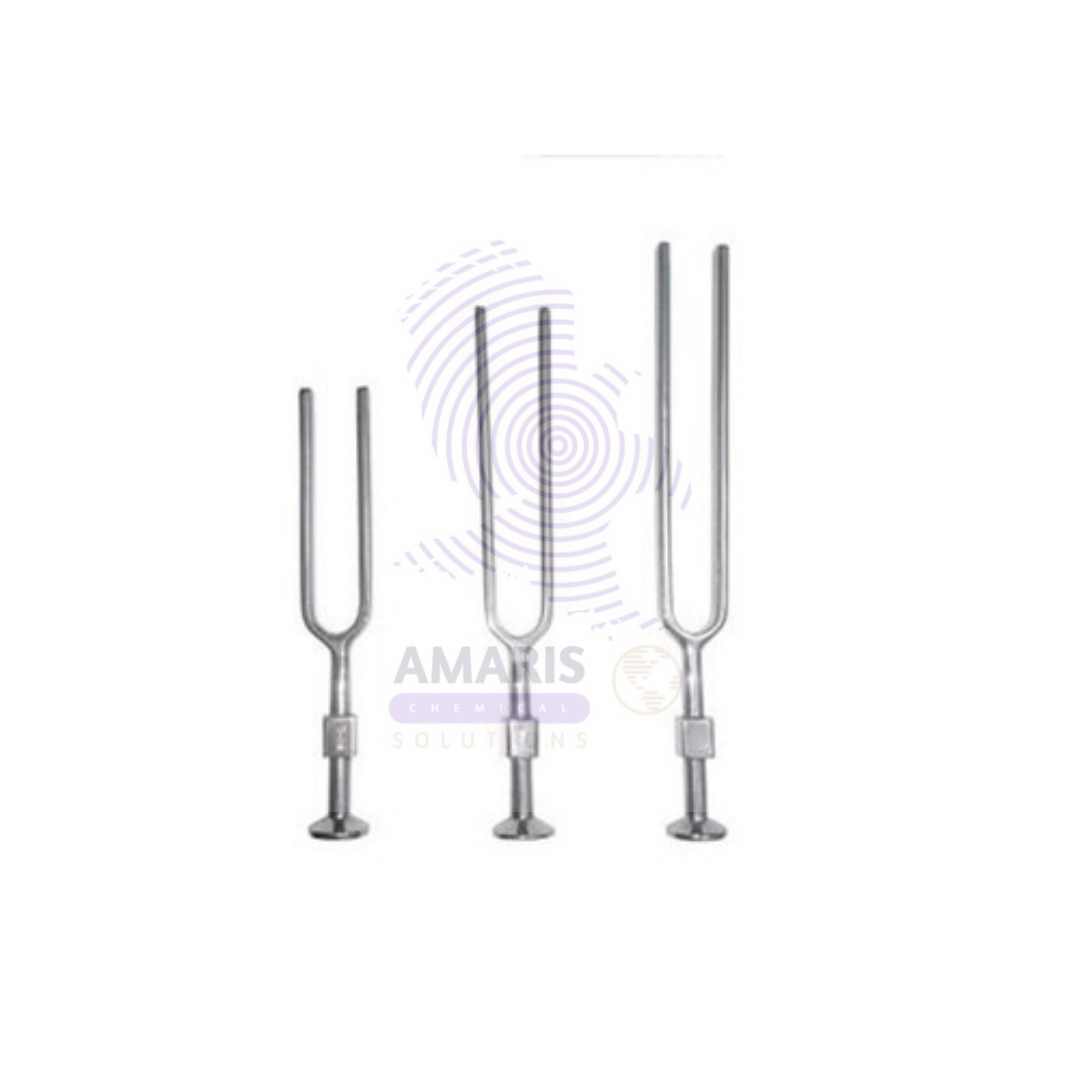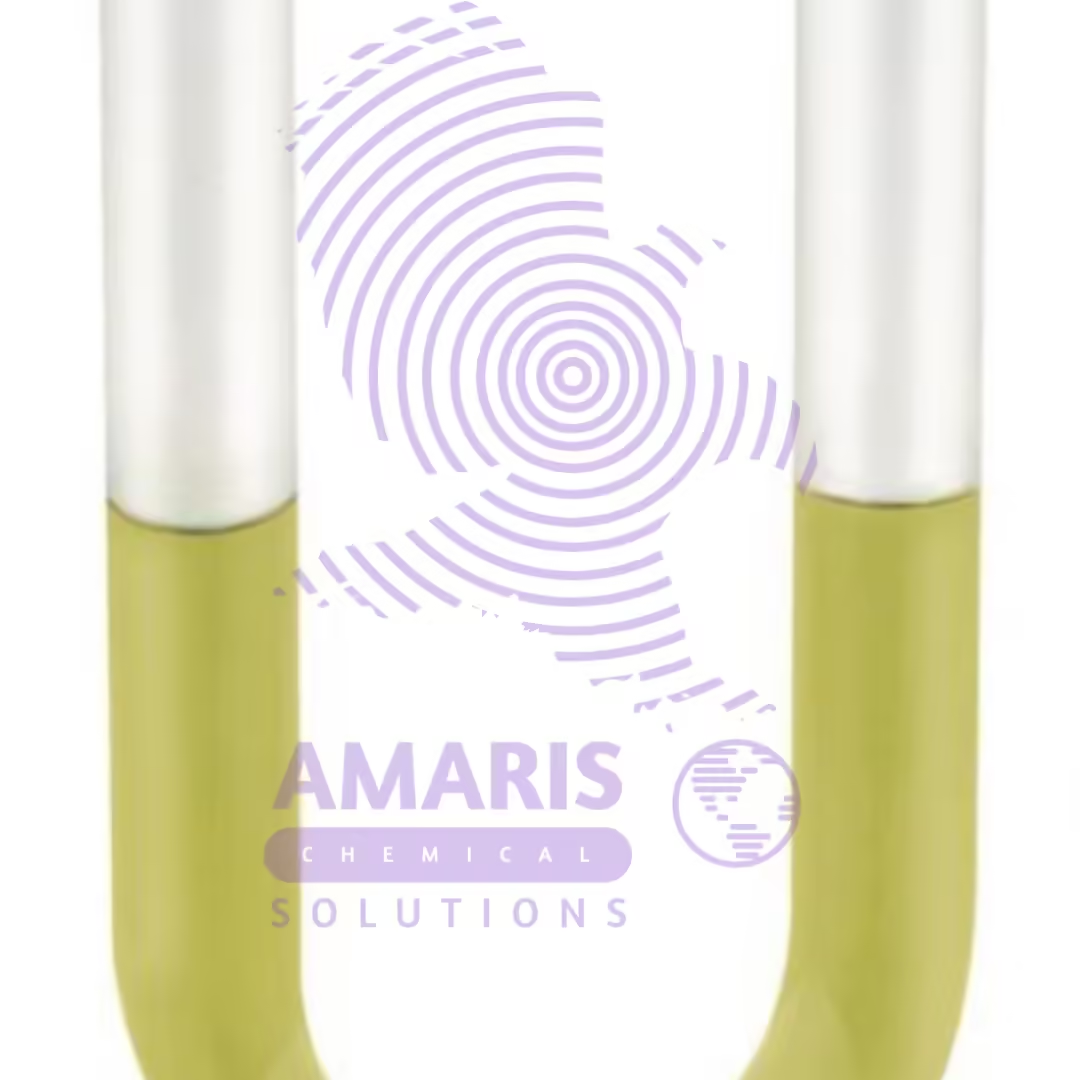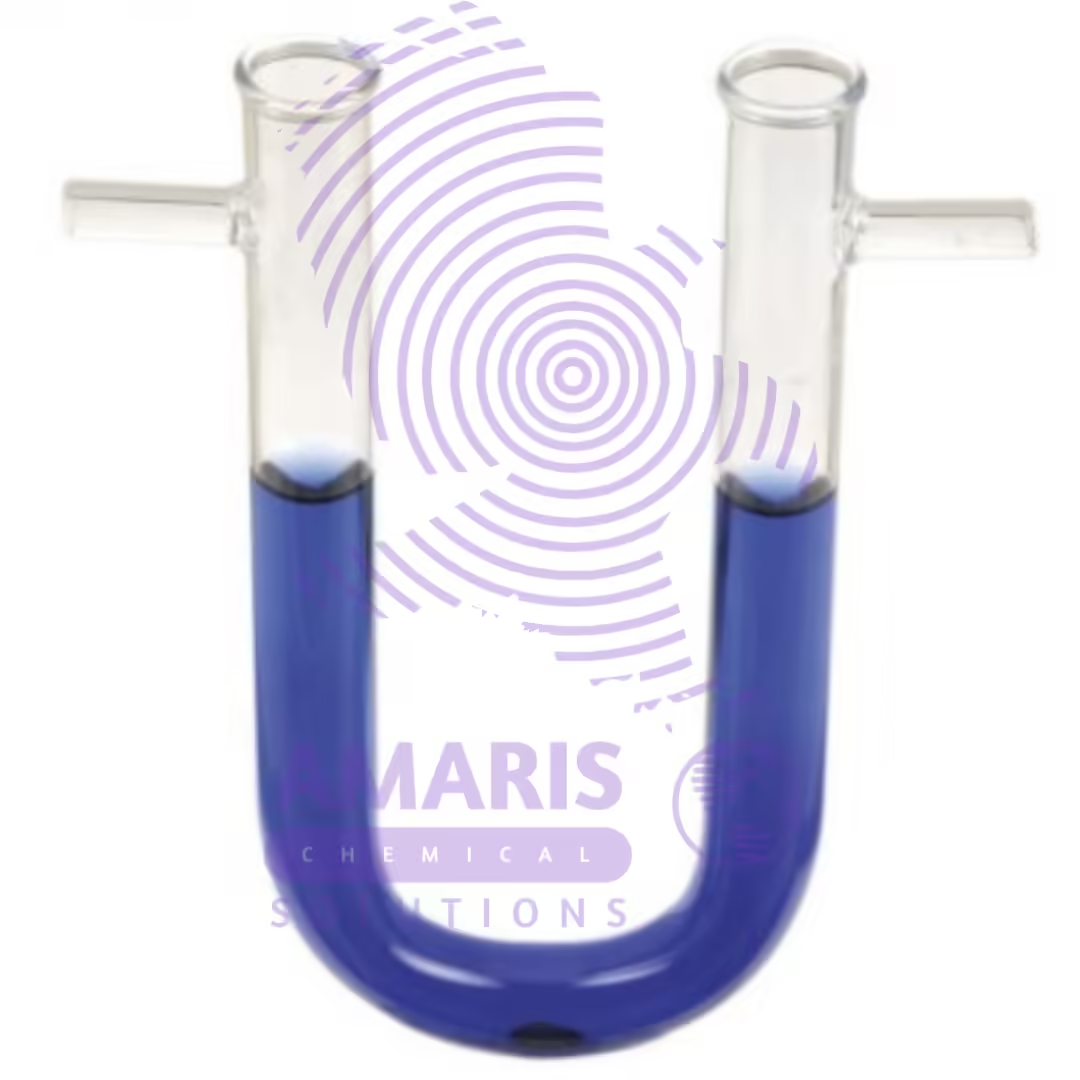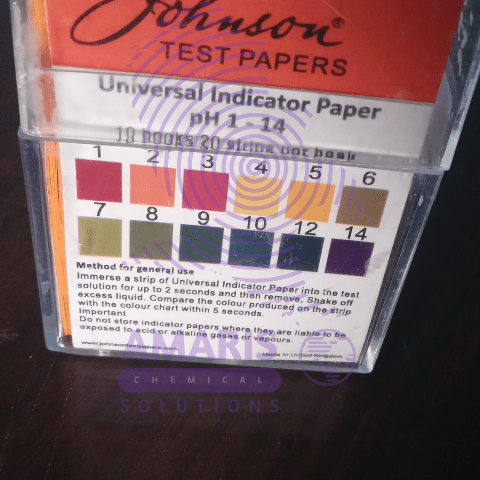Trypsin 100gm
Trypsin is an enzyme that plays a crucial role in digestion. It belongs to a class of enzymes called proteases, which break down proteins into smaller peptides and amino acids. Trypsin is produced in the pancreas as an inactive precursor called trypsinogen, which is then activated in the small intestine by another enzyme called enterokinase.
Once activated, trypsin catalyzes the hydrolysis of peptide bonds in proteins, specifically targeting the carboxyl side of the amino acids lysine and arginine. This process is essential for the digestion of proteins into smaller peptides and amino acids, which can be absorbed by the intestines for nutrient uptake.
Trypsin is also used widely in biochemical research and biotechnology, particularly in protein analysis and manipulation. Its ability to selectively cleave peptide bonds makes it a valuable tool for studying protein structure and function.
Tuning fork set of 8
This high-quality tuning fork set includes eight precision-tuned forks, each crafted from durable aluminum for optimal resonance and clarity. Each fork is meticulously tuned to specific frequencies, ranging from low to high pitches, making it an essential tool for sound experiments, musical applications, and educational demonstrations. Ideal for studying sound waves, resonance, and interference patterns, this set is perfect for laboratory use, music classrooms, and audiology tests. The included storage case ensures easy organization and portability, making it a practical choice for both professionals and students.
U tube lab glass
U-tube lab glass, also known as a U-tube manometer, is a glass device shaped like the letter "U" that is primarily used for measuring pressure in gases and liquids. It consists of two vertical arms connected at the bottom, typically filled with a liquid (like water or mercury) that acts as a pressure reference. The difference in height between the two liquid columns indicates the pressure difference between the two points being measured.
U tube lab glass with side arms
A U-tube lab glass with side arms is a specialized piece of laboratory glassware characterized by its U-shaped design, which allows for versatile applications in chemical experiments. The main body of the U-tube features two vertical arms connected at the bottom, with additional side arms that extend horizontally. These side arms are typically fitted with ground glass joints or stoppers, enabling easy connection to other apparatus.
Universal pH chart 1 to 14
A Universal pH chart is a visual tool used to determine the pH level of a solution, indicating its acidity or alkalinity. The pH scale ranges from 0 to 14, with 7 being neutral. Values below 7 indicate acidity, while values above 7 indicate alkalinity. The chart is typically color-coded, with each color corresponding to a specific pH value.
How to Use the Universal pH Chart:
- Obtain a pH indicator: This can be in the form of pH paper strips or a liquid pH indicator solution.
- Test the solution: Dip the pH paper strip into the solution or add a few drops of the liquid indicator to the solution.
- Observe the color change: The pH paper or solution will change color based on the pH level of the solution.
- Compare the color: Match the resulting color to the corresponding color on the Universal pH chart to determine the pH value of the solution.






























